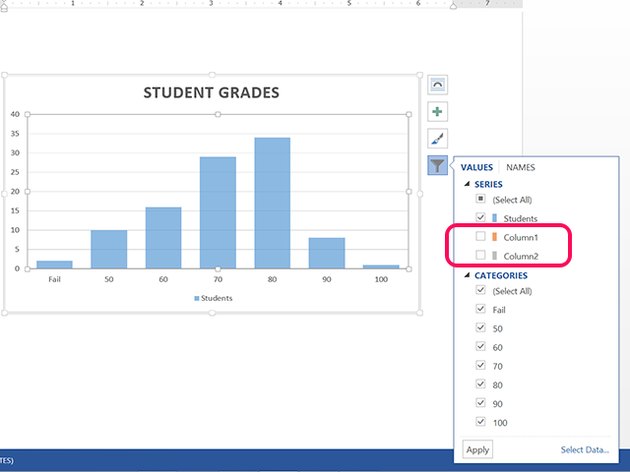

The intervals must be consecutive, non-overlapping and usually equal size.Įxcel's Histogram tool includes the input data values in bins based on the following logic: Now, the Analysis ToolPak is loaded in your Excel, and its command is available in the Analysis group on the Data tab.īefore creating a histogram chart, there is one more preparation to make - add the bins in a separate column.īins are numbers that represent the intervals into which you want to group the source data (input data). If Excel shows a message that the Analysis ToolPak is not currently installed on your computer, click Yes to install it.

How to create a histogram in Excel using Analysis ToolPak The following screenshot gives an idea of how an Excel histogram can look like: In other words, a histogram graphically displays the number of elements within the consecutive non-overlapping intervals, or bins.įor example, you can make a histogram to display the number of days with a temperature between 61-65, 66-70, 71-75, etc. A histogram is a specific use of a column chart where each column represents the frequency of elements in a certain range. Have you ever made a bar or column chart to represent some numerical data? I bet everyone has.
:max_bytes(150000):strip_icc()/Webp.net-resizeimage1-5b9d6fa4c9e77c0050d88c0c.jpg)
Wikipedia defines a histogram in the following way: " Histogram is a graphical representation of the distribution of numerical data." Absolutely true, and… totally unclear :) Well, let's think about histograms in another way.


 0 kommentar(er)
0 kommentar(er)
